On the frontlines is our monthly newsletter section covering the activities of BirdLife Malta’s conservation, policy and nature reserve (Salina, Simar, Għadira and Foresta 2000) teams, together with an update about rare and scarce bird species observed.

Evidence shows rampant abuse of smokescreen finch ‘scientific research’ derogation
Ahead of the European Court of Justice (ECJ) hearing on the smokescreen finch ‘scientific research’ derogation on 7th March, BirdLife Malta submitted a report on its findings and what it experienced during the past finch trapping derogation from October to December 2023. During this period BirdLife Malta systematically observed a number of trapping sites in order to understand better the impacts of this trapping derogation masked as a ‘scientific research’ exercise. The evidence collected from these sites shows rampant abuse of the so-called ‘scientific research’ derogation.
With a simple and highly conservative extrapolation of what BirdLife Malta have seen, we calculate that a minimum of 51,400 finches have been trapped from permitted sites and taken into captivity during the past season. In all cases of caught birds, these were never released. More details in this press release we issued.

The footage below is a sample from the video evidence submitted by BirdLife Malta, clearly showing how trappers are keeping the finches they trap, rather than releasing them. Together with this video, BirdLife Malta also released another short clip from footage aired recently on local media, showing the misery and cruelty these birds have to endure when used as live decoys, kept in small cages or with their legs tied. Watch this footage here.
Rehabilitated birds
This month is probably the quietest moment of the year for our rehabilitation centre, although our work never stops. BirdLife Malta are constantly working to increase the standards of our premises to ensure that everything will be ready for the spring migration. We are working also to involve more local young volunteers in our rehabilitation activities.
This month BirdLife Malta successfully rehabilitated three Mediterranean Gulls and two Black-headed Gulls. All birds had a severe entheritis and were heavily underweight.
One of the Mediterranean Gulls was fitted with a GPS tag in order to monitor it during the return in nature and during its next migration.
Local volunteers for Spring Watch
Malta will once again enable spring hunting, and in April hunters will be allowed to pursue European Turtle-dove (Gamiema) and Common Quail (Summiena). However, even though only these birds are huntable, many other species are illegally shot during the season.
For this reason, our conservation team will keep an eye out for all the illegal activity occurring on the island, and we can enlist the assistance of any willing local volunteers. In order to help the authorities in their investigation, BirdLife Malta will be searching for proof of wildlife crime and reporting any such incidents.
This might be a great chance to cooperate with us. Either if you have strong observational abilities, or good bird ID skills, and you can handle long field days you should come and join us! Those who are willing and self-assured drivers would be really appreciated. To express your interest in becoming a part of our operations, send an email to [email protected] by 27 March 2024.
Call for Conservation Assistant
Our team has opened a one-year volunteer position as a Conservation Assistant. You will have the chance to assist with bird rehabilitation, participate in the releases, and gain knowledge on how to take care of endangered birds. This is a once-in-a-lifetime opportunity that could lead to full-time work in the future.
And thanks to the European Solidarity Corps (ESC) programme, you’ll get the incredible opportunity to work in the heart of the Mediterranean. Despite being a voluntary role, we will pay for housing and living expenses for the whole one-year term, beginning in April 2024. In addition, the chosen candidate will get a monthly allowance and reimbursement for their travel expenses to Malta.
Before applying, we strongly advise you to check out our job section for further details. Applications close on Friday 15 March 2024.

Salina Nature Reserve
Sightings
On the saltpans side, the wintering gulls and terns continued being the main attraction reaching flocks of up to 3,000 birds. One Mediterranean Gull was ringed and fitted with an electronic tracking device that will help us study its movements in Malta and further afield, with the intention of identifying the important areas for this important species that need special protection. The first spring migrants were noted in the form of some Barn Swallows and Northern House Martins.


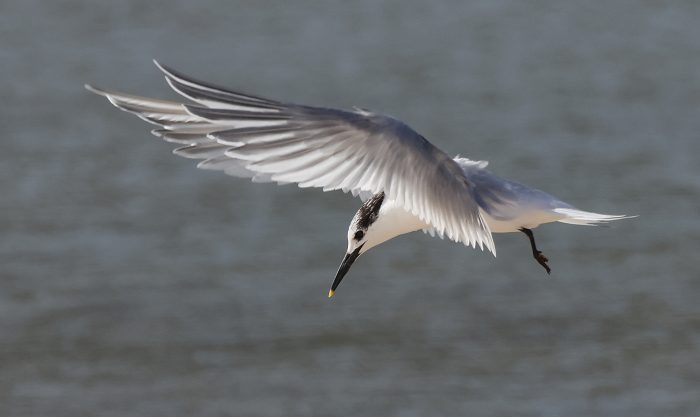
Works
Maintenance works continued to keep the reserve in good condition. This month, for the first time since installation about 10 years ago, the heavy-duty gully covers were removed. As expected this was a tough job as the securing bolts were very rusty and many had to be broken off or drilled through. Once this was accomplished, a large volume of mud was removed. This will ensure the proper drainage of the main entrance of the reserve. In addition, with the help of the staff from Għadira and Simar, works started on a new fence that will lead from the Salt Museum to the inner birdwatching hide of the reserve.
World Wetlands Day special event
We hope you didn’t miss it as it was a great open day at the newly restored wetland at Salina! To celebrate World Wetlands Day 2024, we organised an event where we had three stations welcoming visitors. On one side under the gazebo, we held live bird ringing demonstrations with good collaboration from the birds! These included two Common Kingfishers and around another 40 birds of various species, all wintering in the area or resident birds, already showing signs of the coming breeding season. About 70 persons visited this demo.
Further along the path, we had a station with various activities for kids including interesting experiments. This too was very popular with more than 100 persons visiting. All these people were directed to visit the last station in the birdwatching hide near the Kennedy Grove swings area. There they were able to watch some of the birds that call the wetland home, including Western Water Rails and Common Kingfishers.
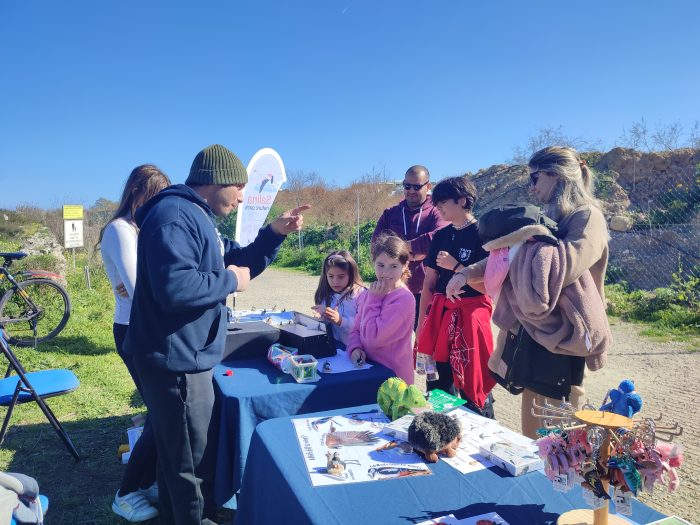
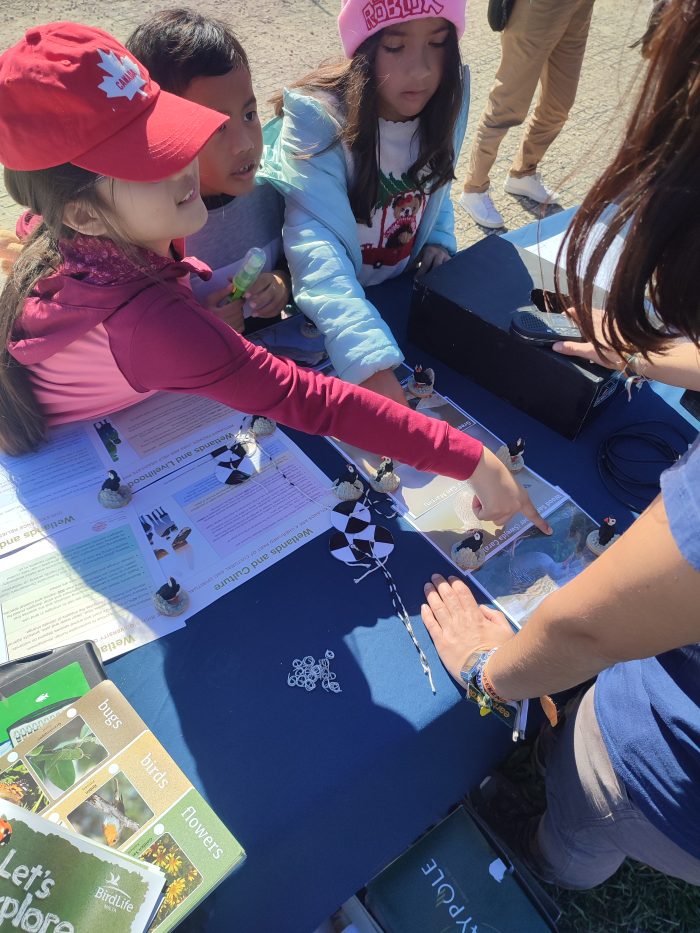
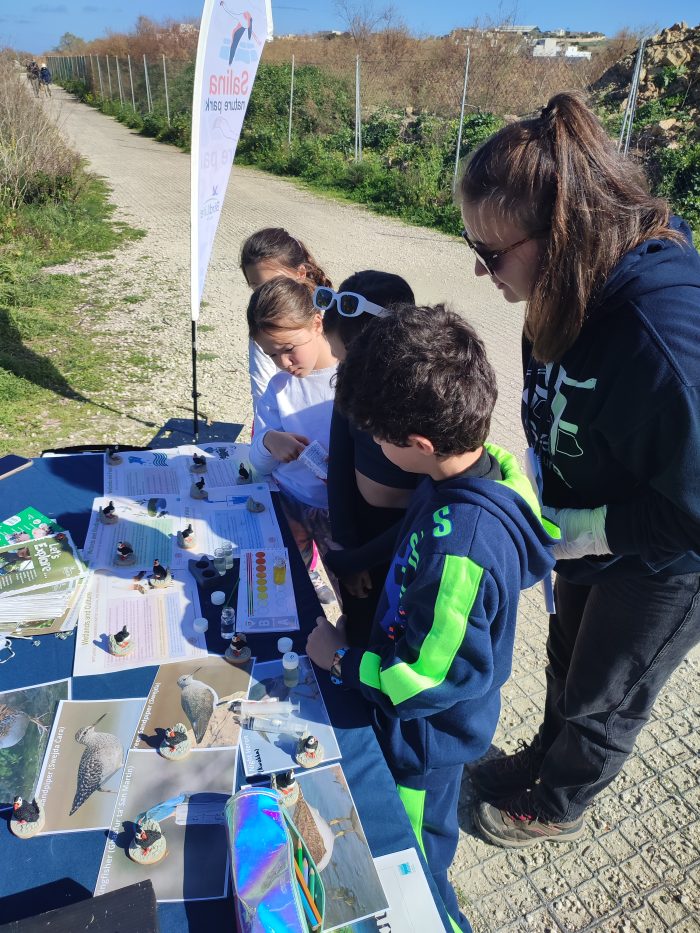
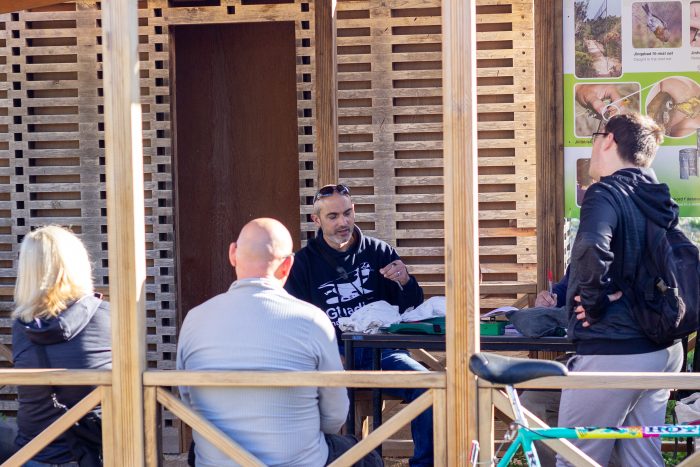
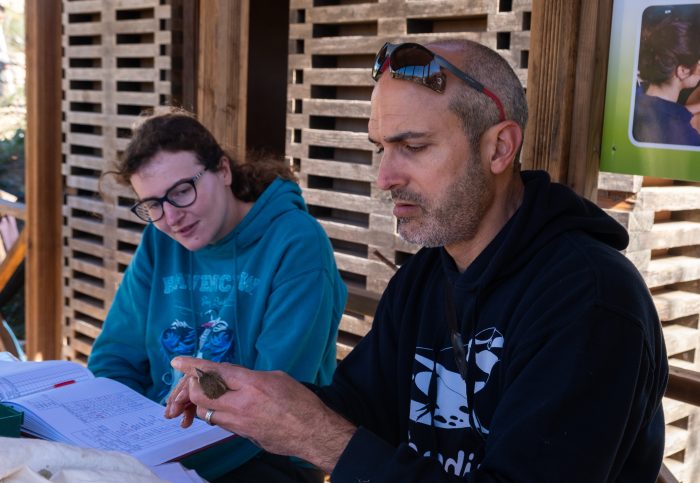

Bird ringing, presentation and diverse activities during a World Wetland Day event held at Salina Wetland
Għadira Nature Reserve
Sightings
February’s bird sightings were rather sparse. Wintering birds noted frequently included 1-2 Common Kingfishers, a female Common Teal, a Common Sandpiper, up to three Western Water Rails and a Little Grebe. Early spring migrants recorded in February included a few House Martins and Barn Swallows and two Green Sandpipers in the last week of February. Wintering passerines were also noted to be rather low in numbers. A Grey Wagtail was seen apart from the usual species.
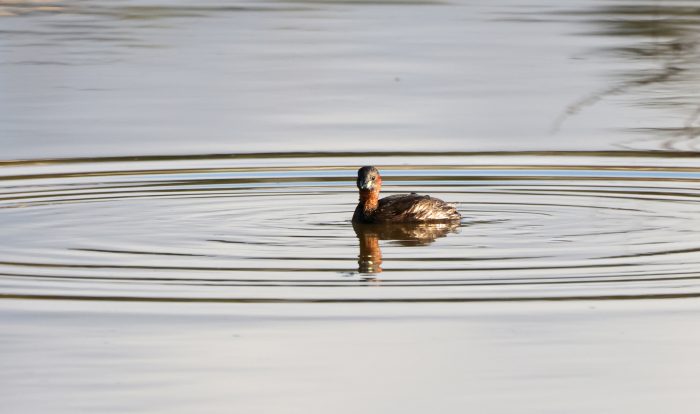
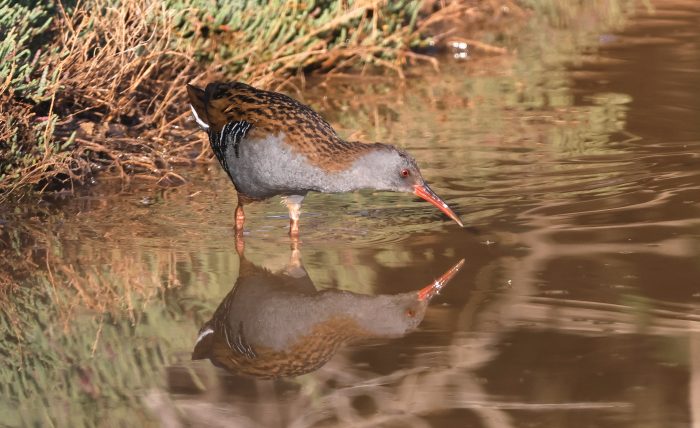
Works
During February a number of Tamarix and Chaste Trees were planted in front of the new wooden screen close to the birdwatching hide. These will help cover the wooden screen in a more natural setting. Students from MCAST, St. Aloysius Sixth Form and Junior College helped in various works at Għadira Nature Reserve during this month as part of their Systems of Knowledge working hours, including removal of invasive alien plant species such as Brazilian False Pepper Tree and African Boxthorn. Other works involved pruning and shredding of shrubs and trees and planting of cuttings in the tree nursery.
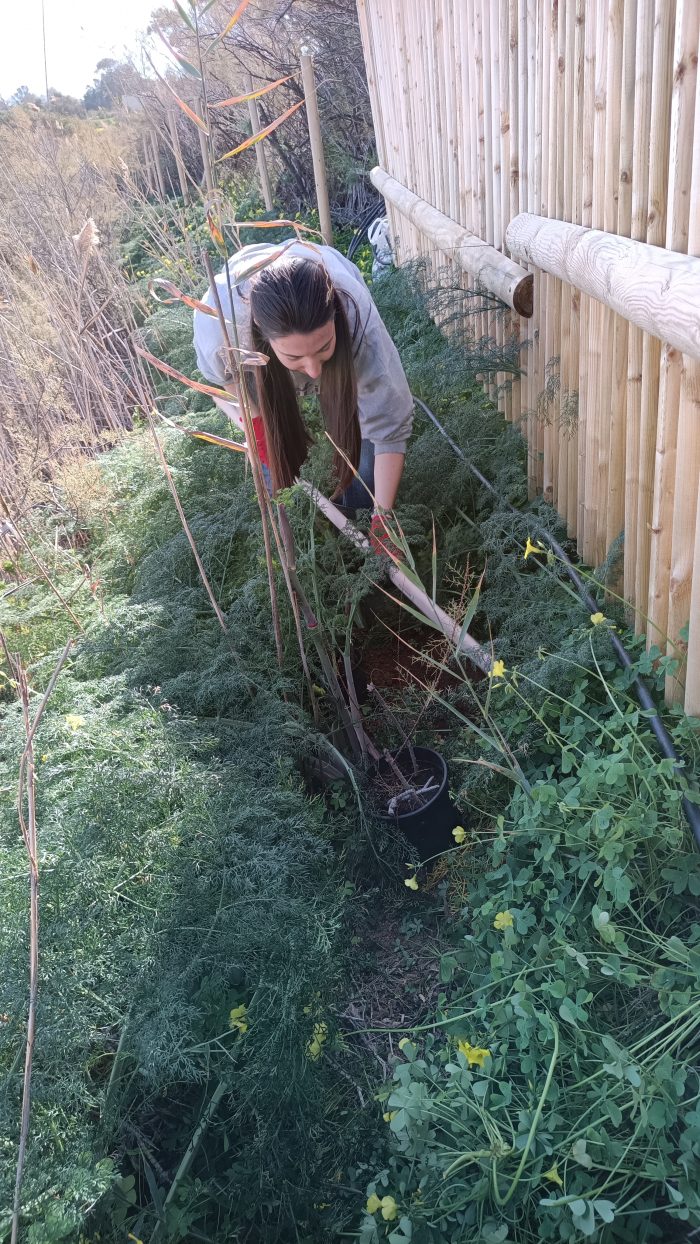

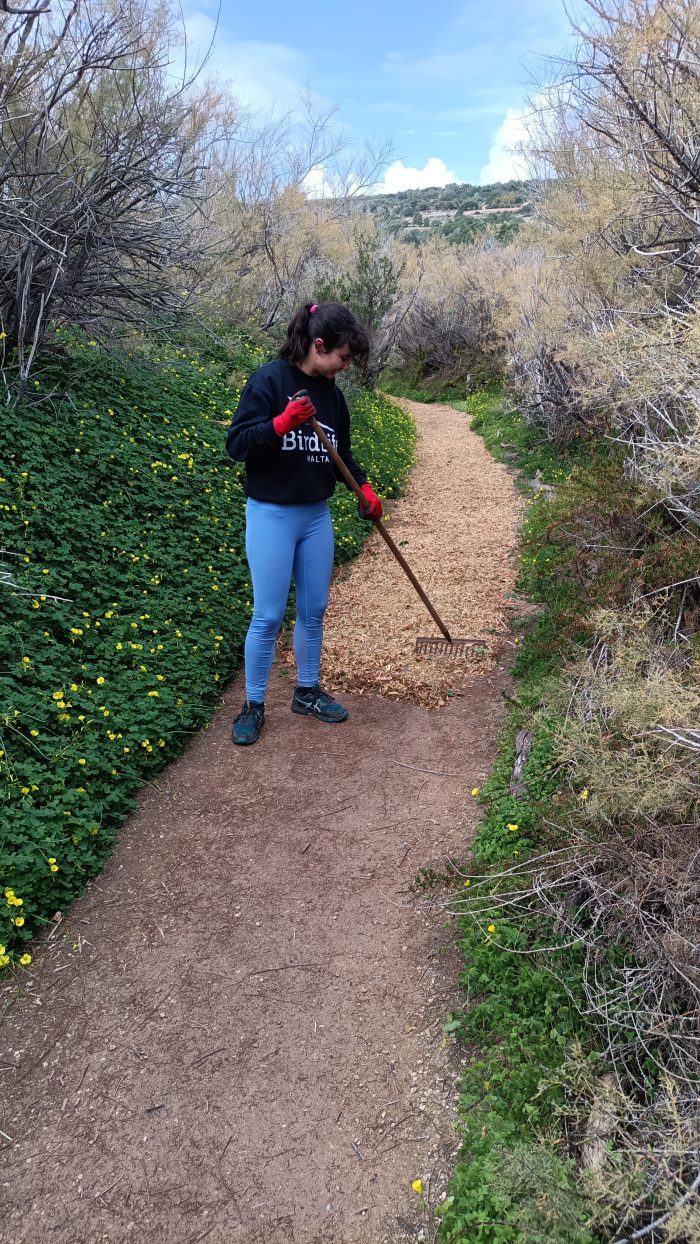

Simar Nature Reserve
Sightings
With the approaching spring months, most trees and plants in the wetland have started to blossom. New leaves on the Tamarisk trees have started sprouting. New shoots of reeds have started appearing within the reed bed and long shorelines give the wetland a much greener look. Some appreciable rainfall has also finally arrived helping in keeping salinity within the required levels.
By the end of the month most wintering birds had left. All ducks present departed as well as most of the Common Coots. Even the wintering birds more associated with the woodland area like European Robins and Eurasian Blackcaps have moved on. But the first spring migrants that had wintered in sub-Saharan areas have started arriving. House Martins were the first to arrive, as well as Barn Swallows and Green Sandpipers. A Common Snipe was also seen.
Meanwhile, Common Kingfishers and Western Water Rails were still present as well as a few Reed Buntings. Song Thrushes continued making their presence felt with their loud beautiful songs. Large numbers of White Wagtails fill up the wetland especially during dawn and dusk. A Grey Wagtail present in the canal continued attracting the attention of the numerous visitors during opening hours. An adult Little Gull made a brief appearance in the reserve, whilst large flocks of Great Cormorants occasionally flew over on their way to their feeding area near St. Paul’s Islands.
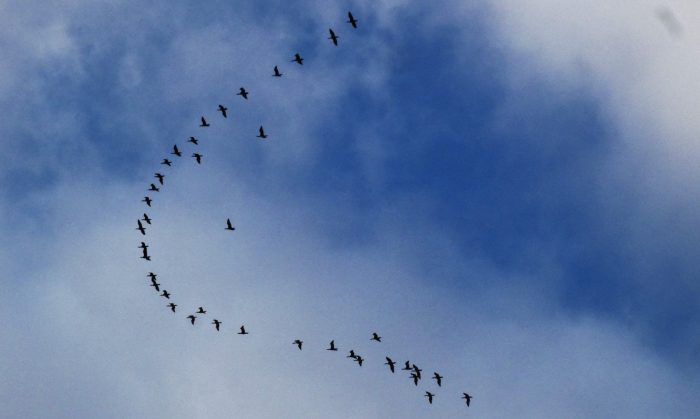
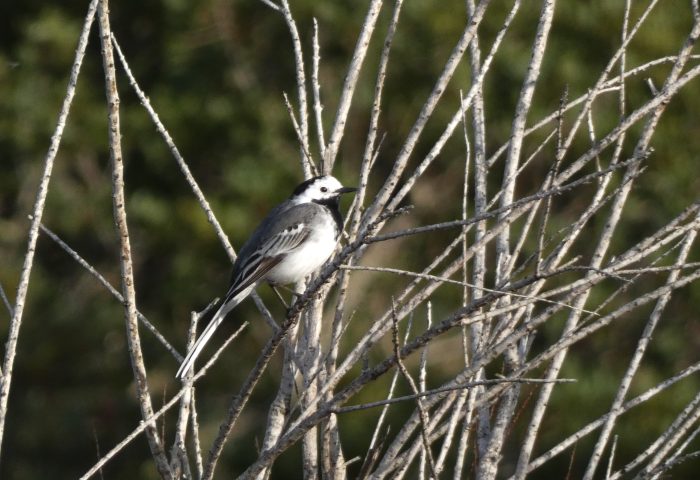
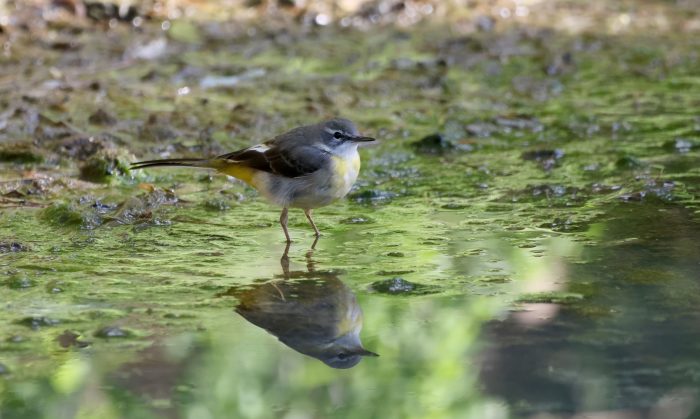
Foresta 2000
Sightings
The rain and sun of February ensured the lush vegetation of Foresta 2000 remained healthy and green. During a walk in our nature reserve, you can be fascinated by the various flowers in bloom. Glades of indigenous plants, related with Greek mythology, like the French Daffodil (Narċis in Maltese) were in bloom. One could observe the process of Almond Trees blooming from the beginning till the last stage of pink cloud.
Overhead in the crowns of Pines, Lentisk and Olives one could see the regular wintering birds of Malta – Sardinian Warbler, Eurasian Blackcap and European Robin. Small flocks of Goldcrests could also be seen in the pines. Common Starlings were still plentiful over Foresta 2000 as well as usual residents – Eurasian Collared-doves.
The beautifully blooming Fan-Lipped Orchid was spotted by the field teacher around the first resting point with the benches. This is an indigenous species and its in bloom in February-March. The Latin name is Anacamptis collina. There are the following assumptions about the origin of this one: the Greek word “anakamptein” (Anacamptis) means “to curve” or “to bend behind or backwards”, referring to the backward-bent bracts located at the base of the labellum. And collina pertaining or related to a hill, most likely referring to the habitat of this plant; in fact it is most common on rocky slopes of hills.
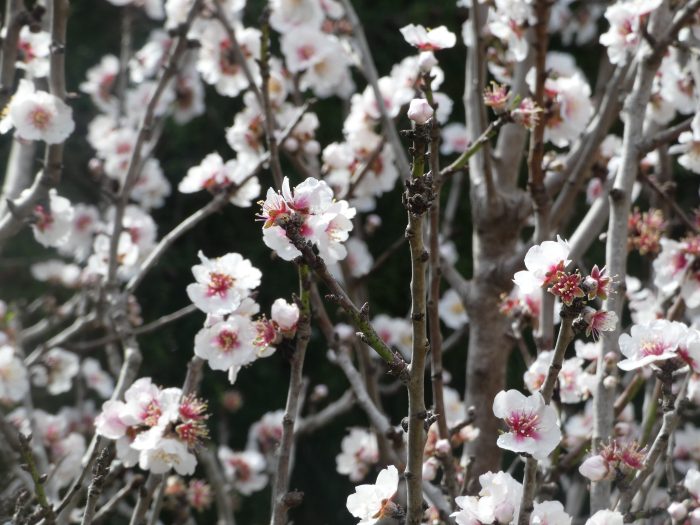
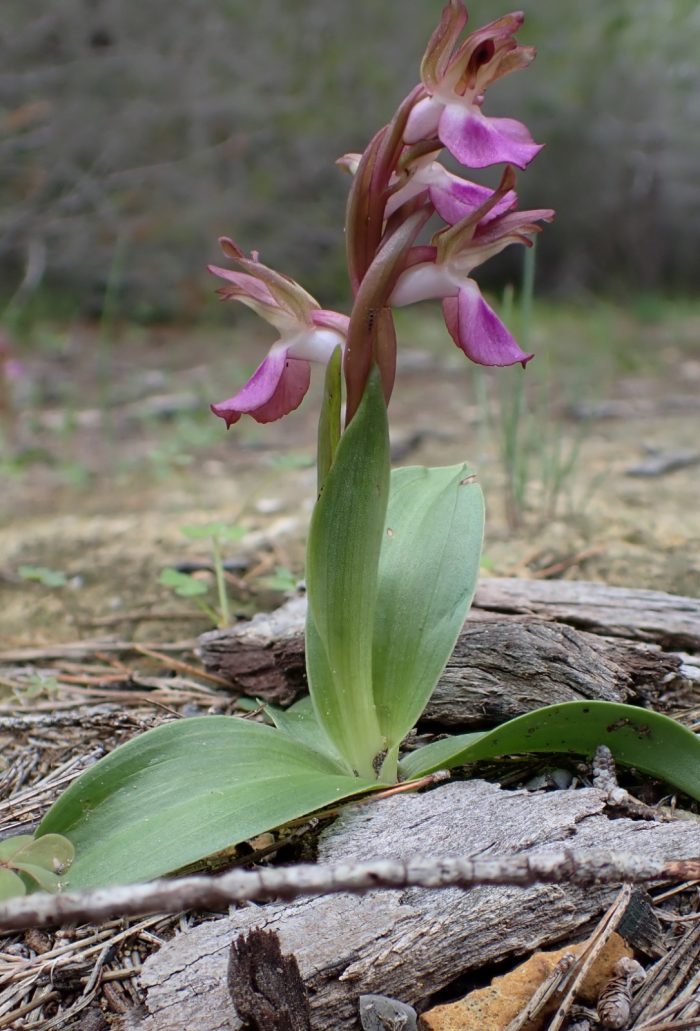

Works
The upper section of Foresta 2000 saw the successful clearing of its path, with fallen trees no longer obstructing the way. Collaborative efforts between Systems of Knowledge students and wardens resulted in the removal of a dry Pine Tree that was blocking the passage. The weekly clean-ups and monitoring of the area were done by the warden.
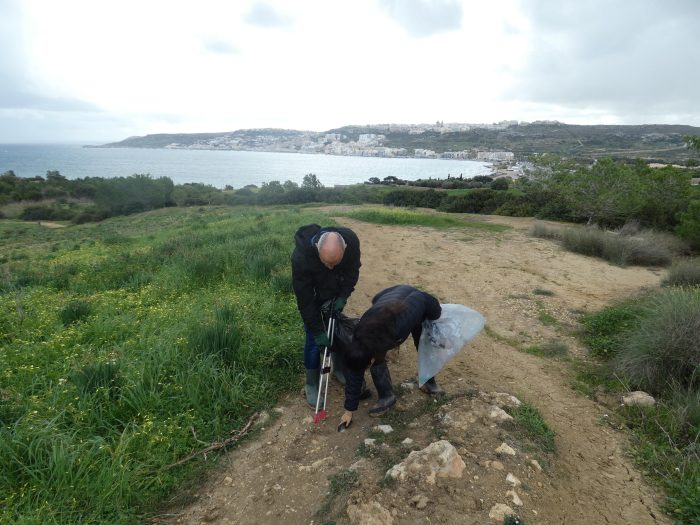
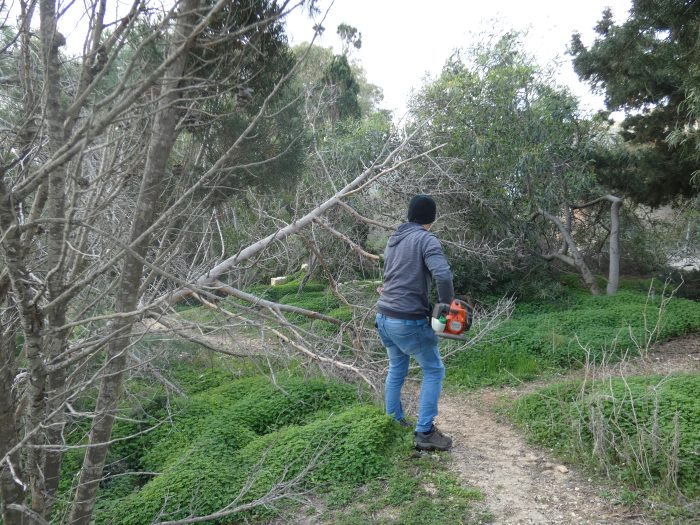

Keeping abreast of the controversial Ħal Far development

Last month, the Planning Authority approved the proposed upgrade of an existing motor racing drag strip in Ħal Far. BirdLife Malta submitted our comments and attended the meeting of the Planning Board in February to call on the authorities to take the right decision and not leave environmental considerations off the table. Last year BirdLife Malta had already raised our concerns about this development proposal at the edge of a Special Protection Area (SPA), and urged for a better assessment of the environmental risks especially due to the presence of sensitive seabird species nesting at the cliffs (Yelkouan and Scopoli’s Shearwaters). Despite no environmental impacts being evaluated, the Planning Authority approved the development proposal requesting an exterior lighting scheme to include full cut-off lighting, and mitigation measures to suppress noise impacts.

Gull ringed at Salina in February 2023 returns for this year’s winter
In the winter months gulls flock in their hundreds to our Salina Nature Reserve. Studying their movements is critical in understanding from where they come, which migration routes they take and which areas are important for them in order to forage for food. Some gulls are colour-ringed, meaning that a coloured plastic and coded ring is placed on the tarsus, making it easy to read such ring when the birds are observed.
Amongst the gulls to be colour-ringed at Salina, always as part of a broader scientific study, was an adult Mediterranean Gull (Maltese name: Gawwija Rasha Sewda) colour-fitted with code 8AAL on 8 February 2023. The bird then left Salina, migrating to its breeding grounds, only to be spotted again here on 13 November 2023. The bird has since spent the winter here having been spotted a further 21 times, the most recent at the end of February 2024.
BirdLife Malta invite the public to visit Salina and enjoy the spectacle afforded by the different gull species, this before in the coming weeks they all start migrating back to their breeding grounds.
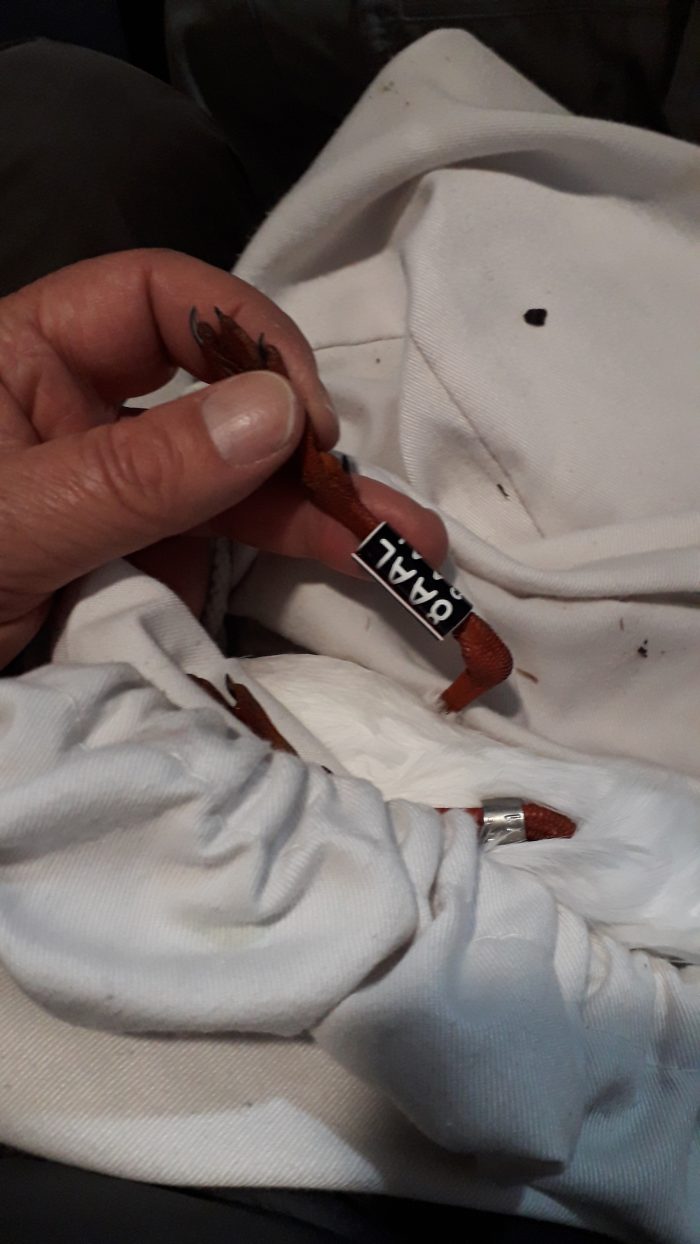
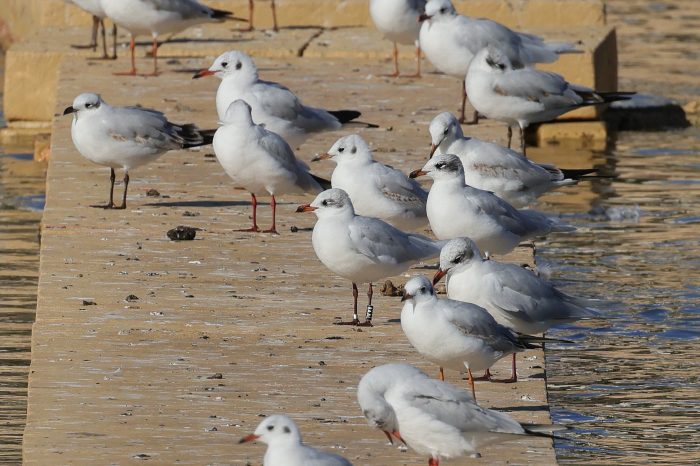
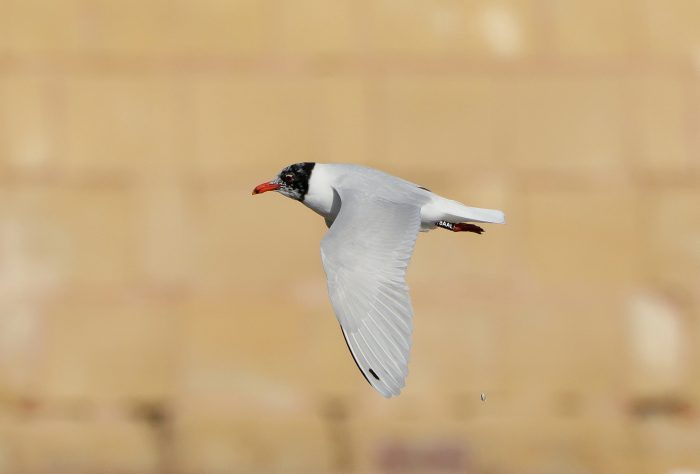
Credits
Words: Polina Venka, Charles Coleiro, David Attard, Nathaniel Attard, Vera Tokmakova, Manuel Mallia.
Photographs: BirdLife Malta, Aron Tanti, Mario V. Gauci, David Attard, Charles Coleiro, Vera Tokmakova, Desirée Falzon, Murat Gelir, Antoine Monnier, Jonathan Caruana, Denis Cachia, Ian Merryweather.
Video: BirdLife Malta.

